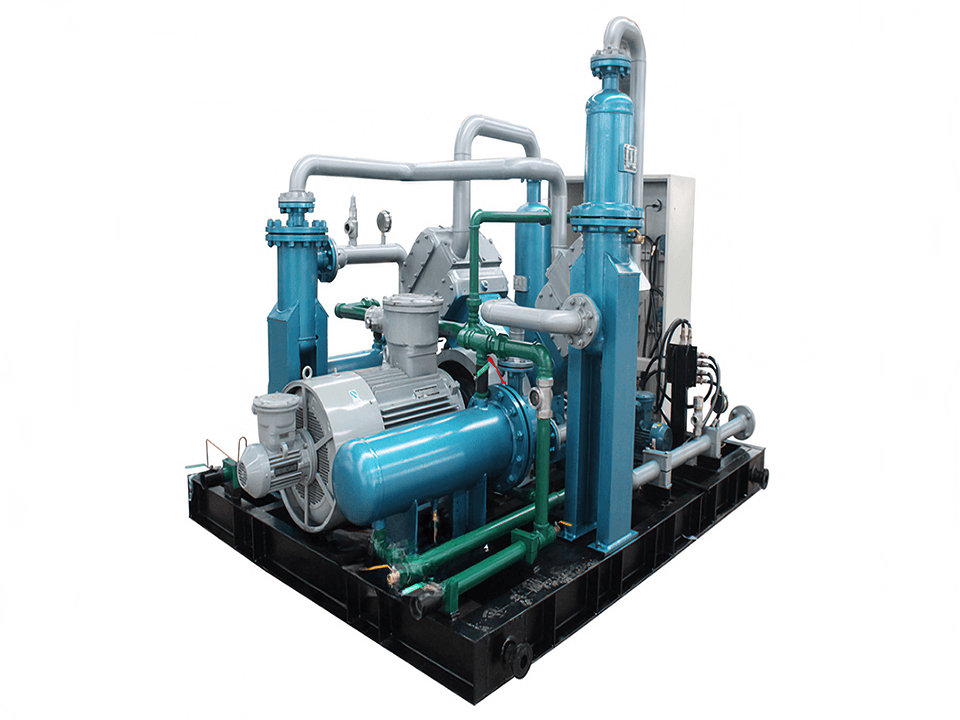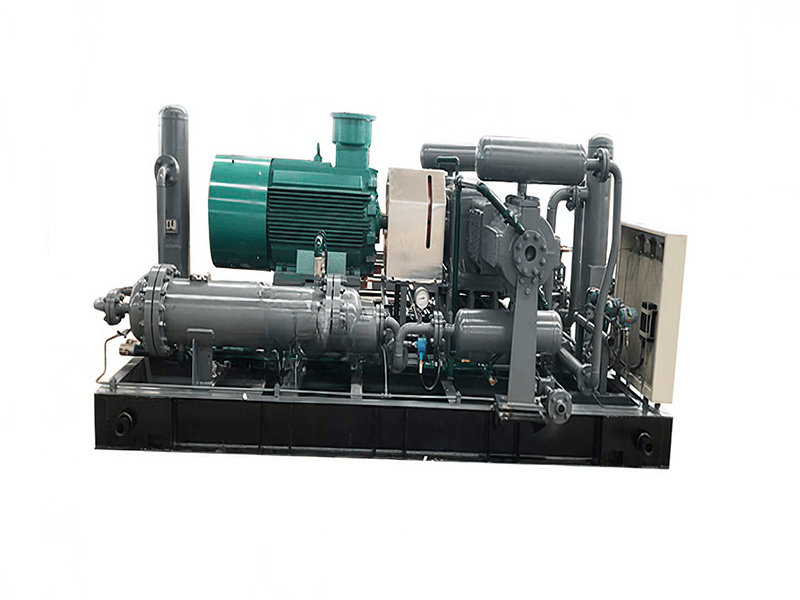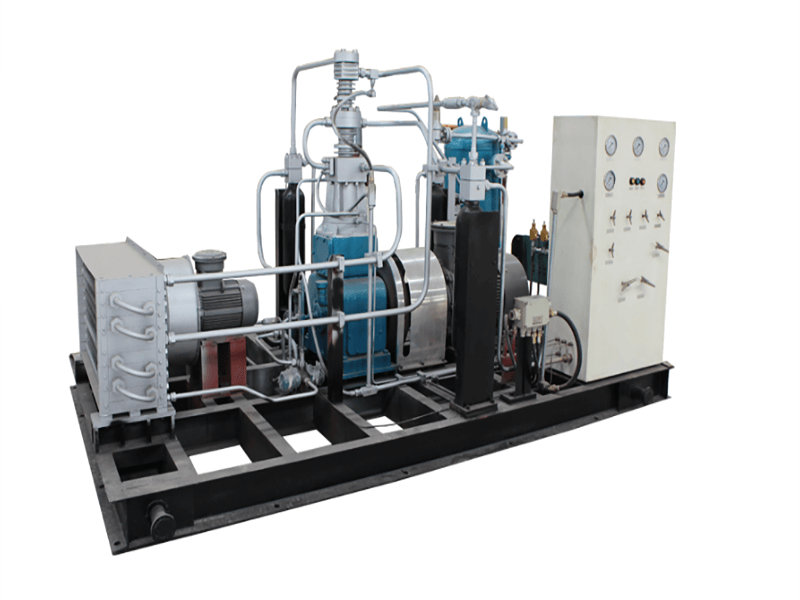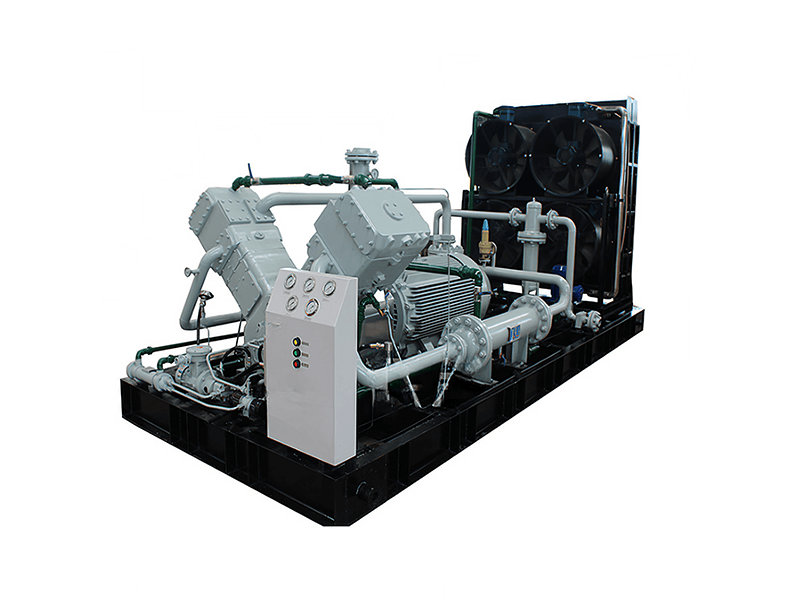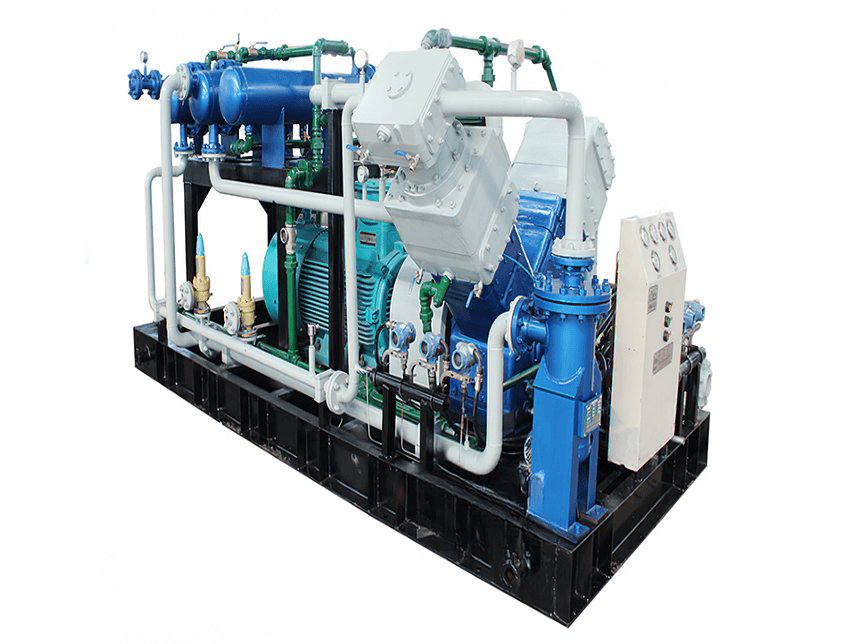Light hydrocarbons refer to a group of hydrocarbon compounds that have relatively low molecular weights and are typically gaseous or easily vaporizable at standard temperature and pressure conditions. They consist of hydrocarbons with fewer carbon atoms in their molecular structure.
The exact definition of light hydrocarbons can vary, but it generally includes compounds such as methane (CH4), ethane (C2H6), propane (C3H8), butane (C4H10), and pentane (C5H12). These hydrocarbons are commonly found in natural gas and are often referred to as "natural gas liquids" (NGLs) due to their liquid form under certain conditions.
Light hydrocarbons are important energy sources and have various applications. Here are some key examples:
1. Fuel and Energy: Methane, the primary component of natural gas, is widely used as a fuel for heating, cooking, electricity generation, and as a transportation fuel. Ethane, propane, and butane are commonly used as fuels for heating and cooking, as well as in industrial processes and as feedstocks for the production of chemicals and plastics.
2. Liquefied Petroleum Gas (LPG): LPG is a mixture of propane and butane, which are compressed and stored as a liquid for ease of transportation and distribution. LPG is commonly used for residential and commercial heating, cooking, and as a fuel for vehicles. It is also used in various industrial applications.
3. Petrochemical Feedstock: Light hydrocarbons, particularly ethane and propane, are essential feedstocks for the petrochemical industry. They serve as raw materials for the production of plastics, synthetic fibers, solvents, and other chemicals.
4. Refrigerants: Certain light hydrocarbons, such as propane and butane, can be used as refrigerants in refrigeration and air conditioning systems, providing cooling effects.
5. Aerosol Propellants: Propane and butane are commonly used as propellants in aerosol products such as sprays, foams, and deodorants.
6. Extraction and Processing: Light hydrocarbons are often extracted and separated from natural gas streams during gas processing operations. They are recovered as valuable components and can be further processed or sold as individual products.
It's important to note that light hydrocarbons can have different applications and uses depending on their specific properties, purity, and regional regulations. The extraction, processing, and utilization of light hydrocarbons play a significant role in the oil and gas industry, energy production, and various industrial sectors.

About light hydrocarbon recovery
Light hydrocarbon recovery refers to the process of separating and extracting valuable light hydrocarbon compounds from natural gas streams or other hydrocarbon sources. It involves capturing and recovering hydrocarbons with lower molecular weights, such as methane (CH4), ethane (C2H6), propane (C3H8), butane (C4H10), and pentane (C5H12). The recovered light hydrocarbons can then be utilized for various applications, including fuel, feedstock for petrochemicals, or other industrial processes.
The process of light hydrocarbon recovery typically involves the following steps:
1. Extraction: Light hydrocarbons are extracted from natural gas streams or other hydrocarbon sources. This can be done through various separation techniques, such as cryogenic processes, adsorption, absorption, or distillation.
2. Fractionation: Once the light hydrocarbons are extracted, they may undergo fractionation, which involves separating them based on their boiling points or vapor pressures. Fractionation allows for the isolation of individual hydrocarbons, such as ethane, propane, and butane, which have specific applications and market demand.
3. Treatment and Processing: The recovered light hydrocarbons may undergo further treatment and processing steps to remove impurities and meet specific quality requirements. This can include processes such as dehydration, sweetening (removal of hydrogen sulfide), or other purification techniques.
4. Storage and Transportation: After recovery and processing, the light hydrocarbons are typically stored in appropriate containers or tanks for temporary storage. They can then be transported via pipelines, trucks, or ships to end-users or further processing facilities.
Light hydrocarbon recovery is an important aspect of natural gas processing and the petrochemical industry. It optimizes the utilization of hydrocarbon resources by capturing and utilizing valuable components that would otherwise go unused or be flared. It also contributes to energy efficiency, reduces waste, and provides additional revenue streams for gas producers. The recovered light hydrocarbons serve as valuable fuels, feedstocks for chemical production, or other industrial applications, contributing to energy security and economic benefits.
The significance of light hydrocarbon recovery
Light hydrocarbon recovery holds significant importance in various aspects, including energy production, industrial applications, and environmental considerations. Here are some key reasons highlighting the significance of light hydrocarbon recovery:
1. Energy Resource Utilization: Light hydrocarbon recovery optimizes the utilization of energy resources. By capturing and recovering valuable light hydrocarbons from natural gas streams, it ensures that these components are not wasted or released into the atmosphere through flaring. Recovered light hydrocarbons, such as methane, ethane, propane, and butane, can be used as fuels for heating, electricity generation, and transportation, contributing to energy security and reducing reliance on other energy sources.
2. Petrochemical Industry Feedstock: Light hydrocarbons serve as crucial feedstocks for the petrochemical industry. Ethane, propane, and butane are used as raw materials for the production of plastics, synthetic fibers, solvents, and other chemicals. Recovering these components through light hydrocarbon recovery ensures a reliable and cost-effective supply of feedstock for the petrochemical sector, supporting industrial growth and economic development.
3. Environmental Benefits: Light hydrocarbon recovery has environmental advantages by reducing greenhouse gas emissions and minimizing waste. Light hydrocarbons, particularly methane, have a high global warming potential. By capturing and utilizing these components, light hydrocarbon recovery helps to mitigate greenhouse gas emissions. Additionally, reducing flaring and venting of light hydrocarbons reduces air pollution and contributes to better air quality.
4. Economic Value: Light hydrocarbons have significant economic value. They can be sold as individual products or used as feedstocks for various industries. Recovering and utilizing these valuable components through light hydrocarbon recovery increases the economic benefits of natural gas production and supports the growth of related industries such as petrochemicals, plastics, and energy.
5. Energy Transition and Sustainability: Light hydrocarbon recovery aligns with the goals of energy transition and sustainability. As the world moves towards cleaner and more sustainable energy sources, utilizing light hydrocarbons as fuel provides an alternative to conventional fossil fuels. They have a lower carbon intensity compared to other hydrocarbons, and their recovery helps in reducing overall greenhouse gas emissions.
6. Regulatory Compliance: Light hydrocarbon recovery helps meet regulatory requirements related to flaring and venting of hydrocarbons. Many jurisdictions have implemented regulations to minimize the wasteful release of hydrocarbons into the atmosphere. By capturing and recovering light hydrocarbons, companies can comply with these regulations and demonstrate their commitment to environmental stewardship.
Overall, light hydrocarbon recovery plays a vital role in maximizing energy resource utilization, supporting industrial growth, reducing environmental impact, and contributing to a more sustainable and efficient energy future. It combines economic benefits with environmental responsibility, making it a significant aspect of natural gas processing and utilization.














